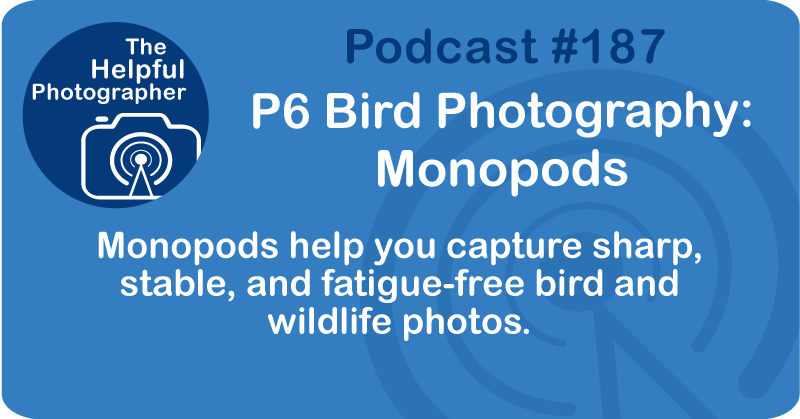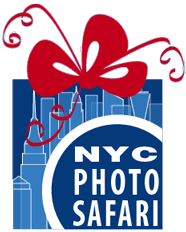P6 Bird Photography: Monopods #187

This is part 6 of a 6 part episode on bird photography. In my last episode, I talked about anticipating flight, reading body language, timing your shutter, and using high speed continuous mode to capture the perfect in-air shot. If you haven't listened to that one yet, definitely go back. Today I'm switching gears to talk about gear. It's a critical tool for anyone chasing wildlife. Monopods. Now I know what you're thinking.
A monopod? Really? Yes. Although they're underrated, in some cases they're absolutely essential. Let me explain. A monopod's main job is stability. Unlike a tripod, it won't hold your camera rock solid on its own, but it does take the weight off your arms and shoulders. And when you're shooting heavy lenses like 400mm, 500mm, or even 600mm, holding that glass for more than a few minutes is exhausting.
I promise your arms will surrender before your shutter finger does. So let's head back to Costa Rica and that resplendent Quetzal. We often had to wait 15 to 20 minutes for the bird to take off after eating. Without a monopod, my arms were toast before the bird even moved. But with a monopod, I could keep the camera raised, pre-focused and ready to fire without killing my shoulders.
That weight suddenly became manageable. So how do you actually use a monopod effectively? Here are a few tricks that I swear by. First of all, lean it against something. Walls, low fences, even a trash can, anything that gives extra stability. Use your body. If you don't have anything to lean against,
Wrap a leg around the monopod and brace it against your inner thigh. That small contact point adds a lot of control. Pick the right head. Most monopods don't come with heads. A small ball head is great for general wildlife, and a gimbal head is perfect for heavy telephoto lenses. Mind the height. I'm 5'4", so my monopod extends just over my head. Taller shooters will want to make sure
It reaches eye level to avoid crouching for long periods. Consider the collapse size. Some monopods are huge when folded. I use a smaller carbon fiber model that I can clip to a holster on my bag so it's always with me. And here's the beauty. When paired with the techniques I've covered in the previous episodes, anticipating flight, reading routines, custom camera settings, a monopod lets you stay ready without fatigue.
You can sit there pre-focused on the branch, waiting for that quetzal or hummingbird to lift off without your arms shaking from exhaustion. So the takeaway? Monopods may not be flashy, but they're one of the simplest ways to improve your wildlife photography. They give you stability, save your body, and let you focus on the shot instead of fighting gravity. All right.
That wraps up our monopod discussion and brings us to the end of this bird photography mini series. Phew! We started with camera modes, dove into shutter speed strategy, mastered hummingbirds, learned routines, anticipated flight, and finally discovered the magic of monopods. I hope this series has given you a solid toolkit to tackle bird photography with confidence, whether you're in South America or your backyard or anywhere in between.
And if there's something you're still confused about, send me an email. zim at nycphotosafari.com. Until next time, keep on shooting.











